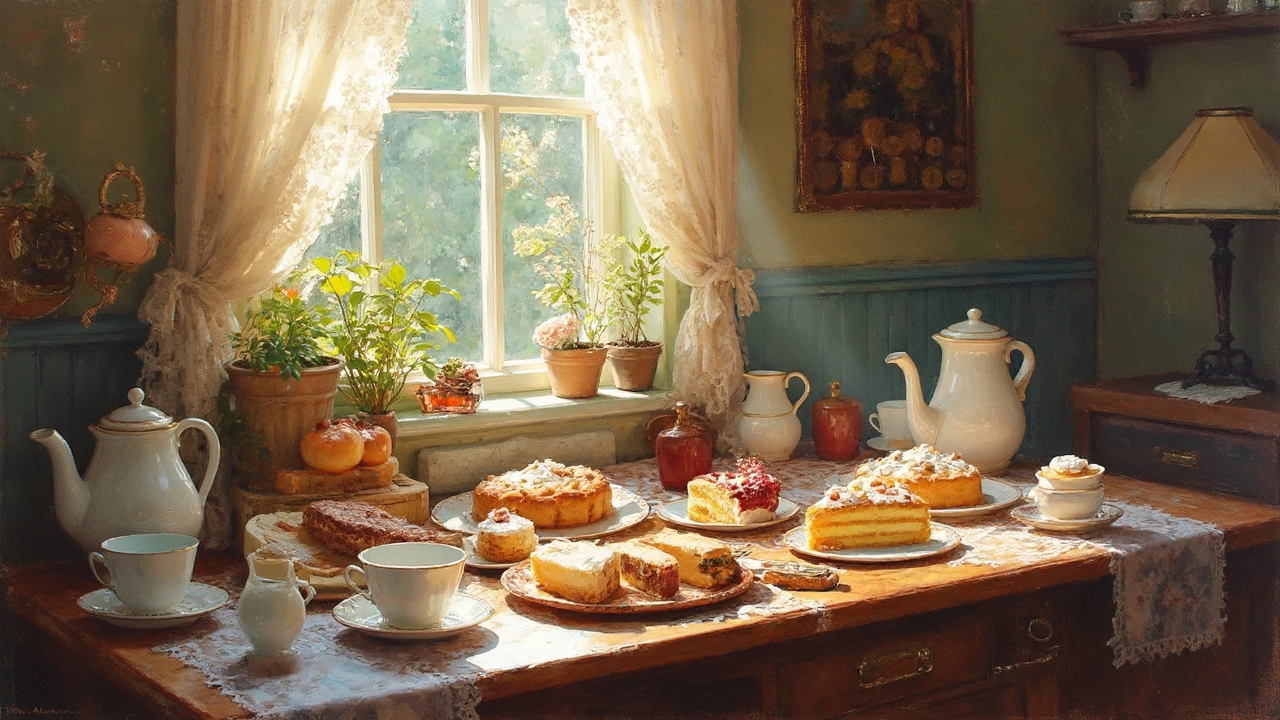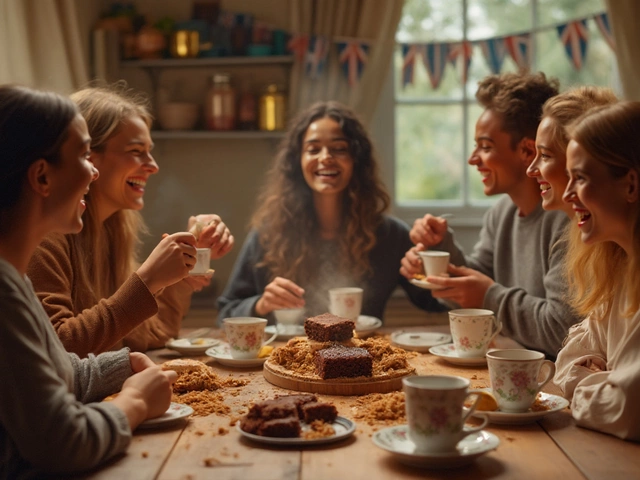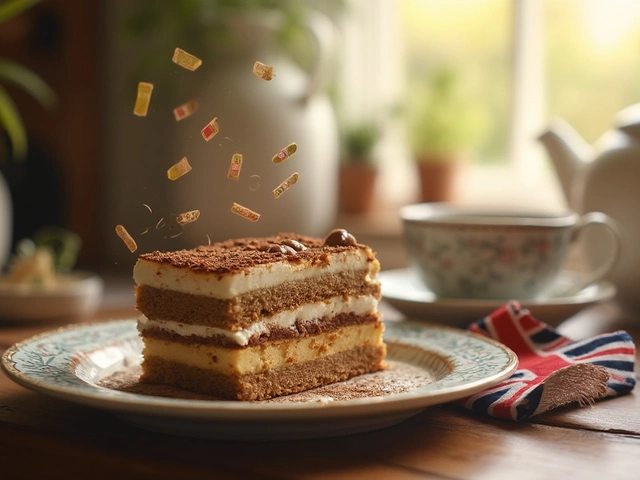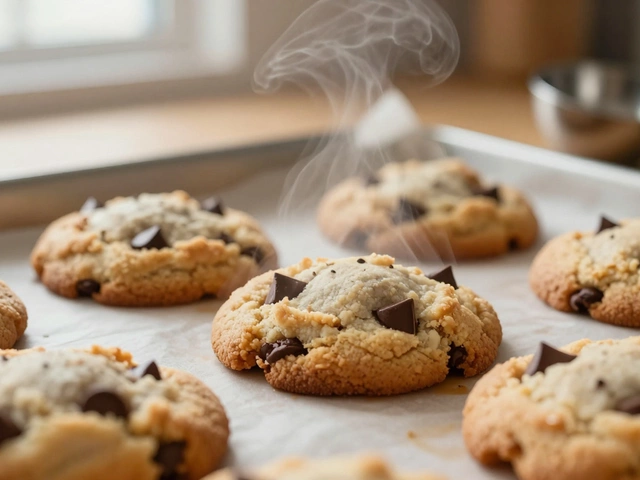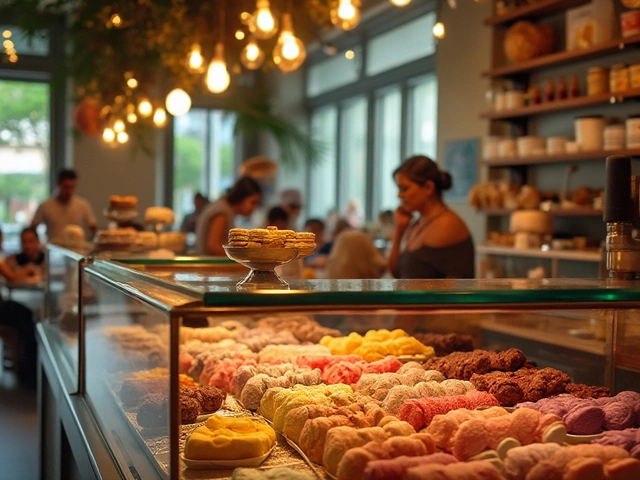Gluten Tips: Simple Tricks for Delicious, Safe Baking
If you or someone you love needs to stay away from gluten, the kitchen can feel like a minefield. But it doesn’t have to be hard. With a few smart moves you can bake brownies, cookies, cakes, and even fancy desserts without worrying about hidden gluten. Below are clear, down‑to‑earth tips you can use right now.
Baking Basics for Gluten‑Free
First, choose the right flour blend. A mix of rice flour, tapioca starch, and potato starch mimics wheat flour’s texture without the gluten. If you buy a pre‑made blend, check that it says “gluten‑free” on the label – many blends still contain traces of wheat.
Next, add binders. Gluten gives dough elasticity, so you’ll need something to hold it together. Xanthan gum, psyllium husk, or a tablespoon of chia‑flax gel per cup of flour works well. Mix the binder with the dry ingredients before adding liquids to avoid clumps.
Don’t forget the liquids. Gluten‑free batters often need a little extra moisture. Add a splash of milk (dairy or plant‑based) or an extra egg to keep the crumb from being dry. Taste the batter; if it feels too thick, thin it with a tablespoon of water or juice.
Watch the bake time. Gluten‑free goods can brown faster, so set the timer a few minutes early and check with a toothpick. If the centre is still wet, lower the oven temperature by 10‑15°C and finish the bake.
Storing Gluten‑Free Treats
Once your treats are out of the oven, keep them sealed. A simple airtight container or a zip‑lock bag works for brownies, cookies, and cupcakes. For frosting‑covered items, place a piece of parchment paper between layers to stop the frosting from sticking.
Refrigeration helps, especially for items with cream cheese or fruit fillings. Store them in the fridge for up to a week, and label the container “gluten‑free” so family members don’t mix them up.
If you need to keep desserts longer, freeze them. Wrap each piece in cling film, then put them in a freezer‑safe bag. Thaw at room temperature for a few hours before serving – you’ll still have that fresh‑baked taste.
Cross‑contamination is the sneakiest problem. Use separate utensils, bowls, and surfaces for gluten‑free recipes. If you share a kitchen, wipe down counters and store gluten‑free ingredients on a higher shelf or in a dedicated cupboard.
Finally, always read the labels. Even “gluten‑free” products can contain hidden wheat if they’re processed in the same facility as gluten foods. Look for a “verified gluten‑free” seal for extra peace of mind.
With these gluten tips, you’ll feel confident tackling any recipe, from classic brownies to fancy macarons. Keep a cheat‑sheet of your favorite flour blends and binders, and soon gluten‑free baking will feel as easy as any other kitchen task.
